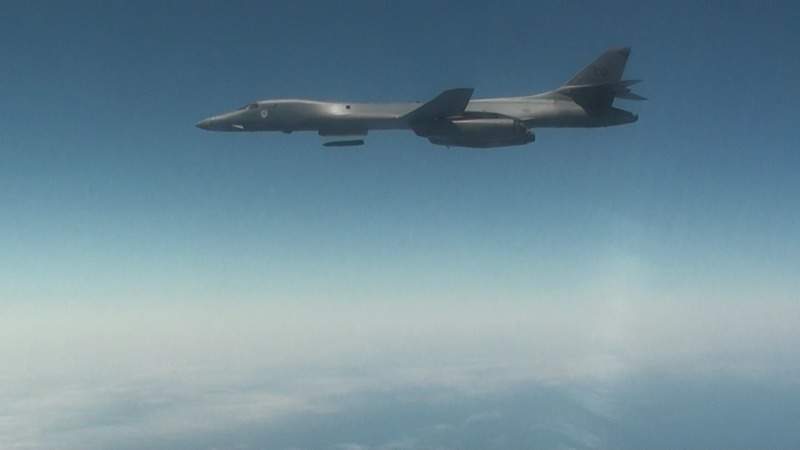

The US Air Force (USAF) has successfully launched the first tactical configuration long-range anti-ship missile (LRASM) at the Point Mugu Sea Range in California, US.
The launch of Lockheed Martin-built LRASM was carried out by a B-1B Lancer strategic bomber from Edwards Air Force Base in California.

Discover B2B Marketing That Performs
Combine business intelligence and editorial excellence to reach engaged professionals across 36 leading media platforms.
Lockheed Martin Missiles and Fire Control LRASM director Mike Fleming said: “This was the first flight of a production representative, tactical configuration LRASM.
“The successful flight continues to prove LRASM's ability to find and prosecute targets at sea.”
The missile navigated through all planned waypoints and transitioned to mid-course guidance before flying towards the moving maritime target using inputs from the onboard multimodal sensor.
It then descended to low altitude for the final approach to the target area and positively identified and impacted the target, Lockheed stated.

US Tariffs are shifting - will you react or anticipate?
Don’t let policy changes catch you off guard. Stay proactive with real-time data and expert analysis.
By GlobalDataDeveloped based on the joint air-to-surface standoff missile, extended range (JASSM-ER), LRASM is a precision-guided, anti-ship standoff missile designed to defeat targets within groups of ships.
The missile employs advanced technologies that reduce dependence on intelligence, surveillance and reconnaissance platforms, network links, and GPS navigation in electronic warfare environments.
It is capable of meeting the needs of the US Navy and the USAF in contested environments.
The air-launched variant of the missile is being built as the offensive anti-surface warfare Increment I requirement.
The missile’s early operational capability is expected next year onboard the USAF’s B-1B and on the navy’s F/A-18E/F Super Hornet in 2019.
Image: A USAF B-1 launches the LRASM over Point Mugu Sea Range in California, US. Photo: courtesy of the US Navy.





